 Perma-Chink Systems, Inc
Log & Timber Home Care Experts
Perma-Chink Systems, Inc
Log & Timber Home Care Experts
Chip Wade and wife Pauli, of Wade Works Creative, are design professionals and lifestyle experts who love sharing their inspiring ideas with DIYers, pros and homeowners.
Log Home Restoration with Major Log Repair
When you look at these pictures, you probably think to yourself: how is it possible to repair these logs?
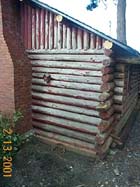 |
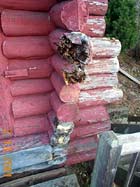 |
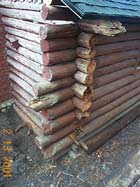 |
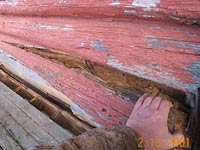 |
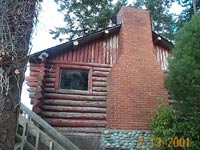 |
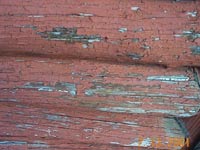 |
So how do our Communication and Distribution Systems work and how are they different from other suppliers?
Communication
Our Communication System is a nationwide VOIP Internet-based system. That means that each of our Branches and our Knoxville, Tennessee Factory are connected 24/7 like a large office – but the office is nationwide. Answering calls, forwarding calls, etc., happen nationwide the same way as a direct call to a local office are.
Log home living is a tradition that never loses its charm, the warmth of its country ambiance unmatched. And with all the modern innovation, this cozy way of life is more comfortable than ever.
Just about the only drawback has been maintaining its exterior. Log home owners dread with a passion the mighty job of refinishing that inevitably must be done to preserve the beautiful look of their natural logs. But you have come to the right place. There are plenty of reasons you’ll never have to give it a second thought again.
Proper surface preparation is a must and is the key to a successful job. Wood has a chemistry, all of it’s own. First of all, it is close to neutral in pH, much the same as drinking water. Any chemical you apply is likely to change the basic chemistry of the wood and may affect the performance of your finish. That means once you have prepared the wood and before applying the finish, you should try to return the wood to a neutral pH.
LOW PH WOOD CLEANER
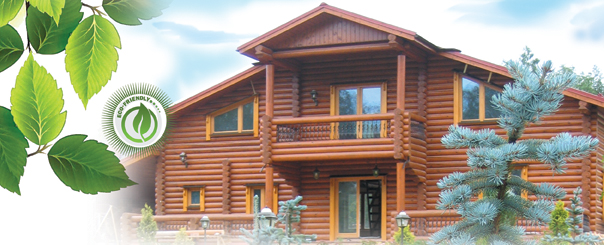
Do you wonder about how to seal those drafts in your home? Or how to stop some bugs from continually getting inside?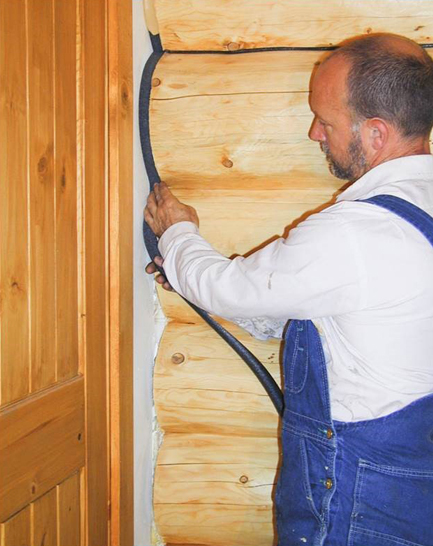
It very well could be a break in the interior seal of your home. Perma-Chink Systems’ sealants are not exclusively for exterior work, and you can benefit from properly sealing the interior of your log or timber home. Fully sealing the interior of your home with Perma-Chink will also prevent energy waste from escaping heat in the winter and cool air in the summer.
Wayne Bell
Log Home Care Online
Have you ever wished that you could live in a log home but you're stuck living in conventional housing? If so, join the growing number of people tackling home improvement projects to create a space that has the "feel" of log home living within the limitations of your current home.
Lifeline Interior™ is a natural looking, transparent wood finish. It forms a breathable, protective layer for your walls and ceilings while highlighting the beauty and grain of the wood. Our unique breathable formula allows natural wood moisture to escape from the wood, yet provides a tough film surface that can easily be cleaned and dusted, especially when top coated with our Lifeline Acrylic Gloss or Satin clear finish.
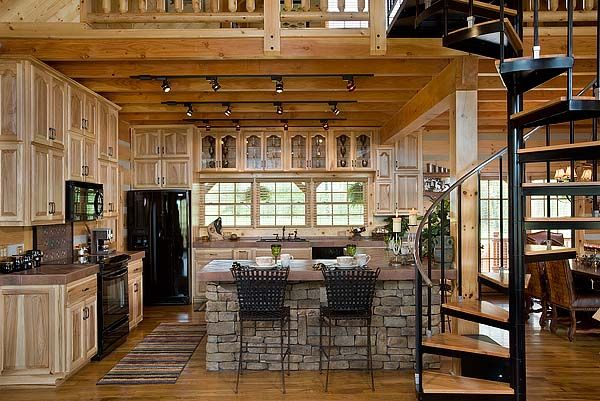 |
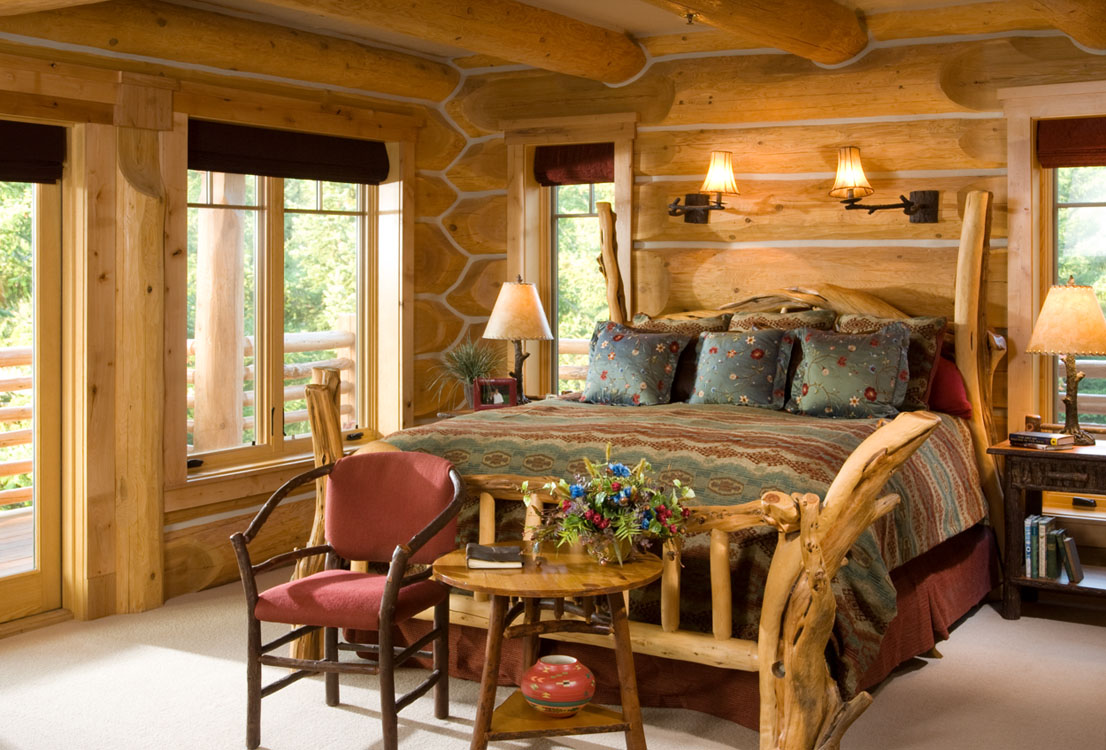 |
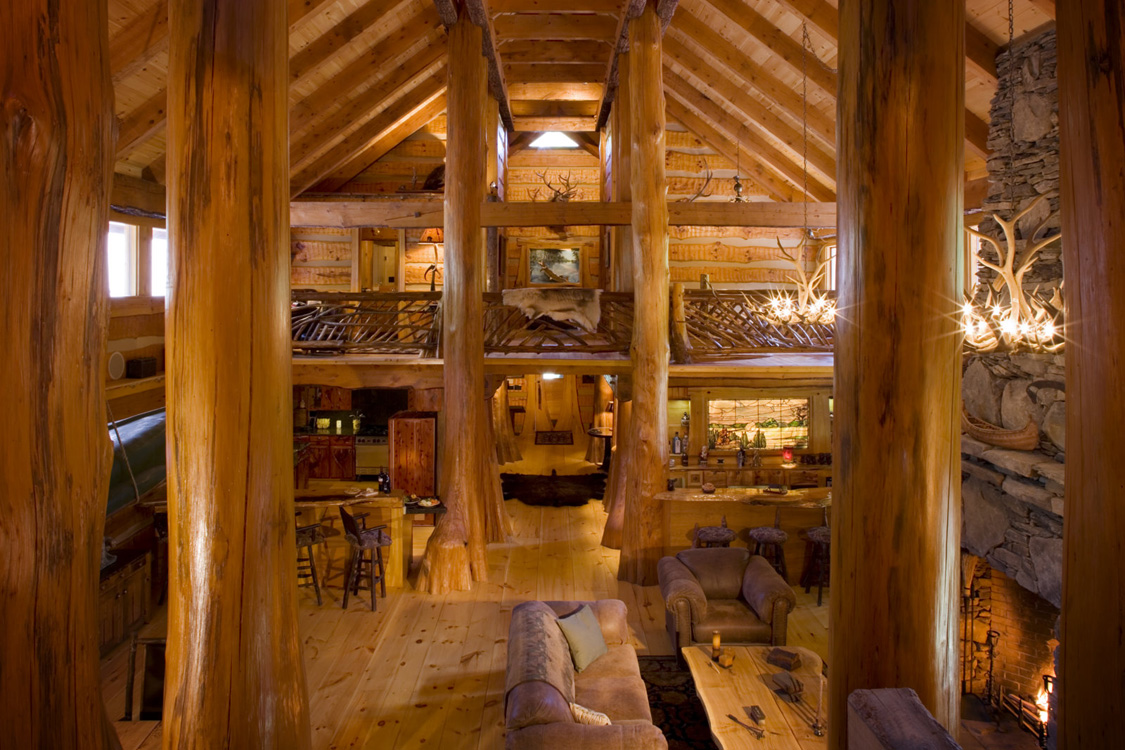
Sometimes we just want something unique; something that expresses our distinctive style. As you look through the standard Lifeline Interior™ or Lifeline Accents™ colors, it may instinctively appear that there are limitations to the interior color options. Fortunately, there are copious possibilities for you, so let’s get creative and have some fun while discovering your perfect color!
Because the interior of your home does not receive the environmental exposure the exterior does, it affords more flexibility for color creativity. You can use one or more color coats, depending upon what you like. Additionally, you can expand your color ingenuity by incorporating Prelude™ (one of our best kept interior secrets).
 |
| Order FREE Samples! |
John Ricketson
Project Manager - Hearthstone, Inc.
www.hearthstonegeorgia.com
At every trade show, I get asked the same question: How long does Perma-Chink last? My answer has always been "I don't know, we've only been using it for 37 years"[ed. note - as of 2019]. I built my log home in 1988 and used Tan Perma-Chink with Dark Honey Lifeline EX stain because I wanted a combination that was not too much of a contrast and the results were exactly what I had intended. The home has weathered and aged over the 32 years and I have re-stained it a couple of times, the last time being 8 years ago. The East side and North side required very little maintenance then, just a light cleaning with Log Wash and a renewal coat of Lifeline Advance. The South and West sides required a little more effort after cleaning due to exposure to weather and the sun. A refresher coat of Lifeline EX and Lifeline Advance Satin on the logs, gable end siding, and roof fascia got it to looking like new again.